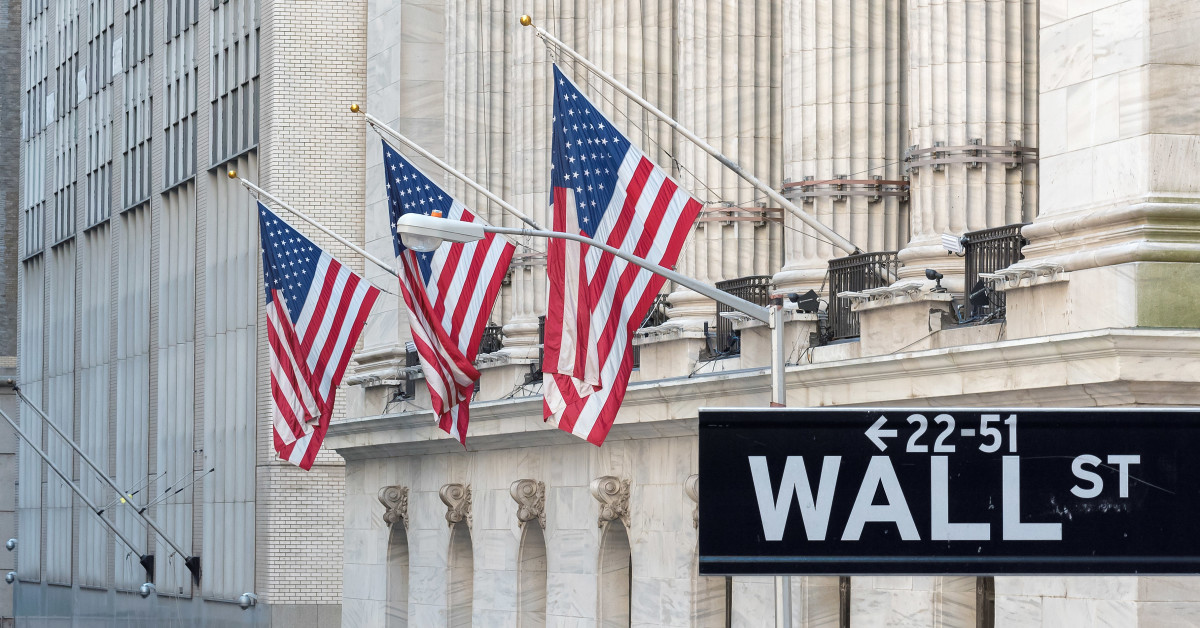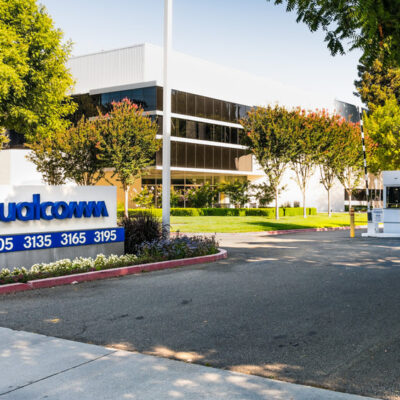The Dow Jones, the S&P 500, and the Nasdaq advanced on a yearly basis even though the rising inflation, covid pandemic, and the world’s supply chains crisis represent a serious issue for economic stability.
The United States reported that inflation rose at the highest level in nearly 40 years while the U.S. central bank increased the reduction in bond-buying on a monthly basis from $15 billion to $30 billion.
Are you looking for fast-news, hot-tips and market analysis?
Sign-up for the Invezz newsletter, today.
This is probably the first step towards tightening, and the chances of two or three rate hikes in 2022 have increased. Monetary tightening is usually seen as a drag on stocks, but for now, there has been no noticeable negative effect on the U.S. stock market.
Coronavirus pandemic continues to pose downside risks for the global economy, and nobody still doesn’t know when normal life will return.
The World Health Organization reported that the Omicron variant might cause milder symptoms than the delta variant, but many countries have announced tighter Covid restrictions amid concerns over the Omicron variant.
The U.S. reported an all-time high of more than 585,000 new daily infections last Thursday, and Omicron ​could alter daily life for many Americans during the first month of 2022. Dr. Megan Ranney, a professor of emergency medicine at Brown University’s School of Public Health, added:
What I am so worried about over the next month or so is that our economy is going to shut down, not because of policies from the federal government or from the state governments, but rather because so many of us are ill.
It is important to mention that air traffic site FlightAware reported that nearly 4,400 flights around the world were canceled on Saturday, more than half of them in the U.S.
There are fears that the rising number of cases could overwhelm hospitals, while the new strain also complicates the outlook for how aggressively the U.S. Federal Reserve would normalize monetary policy to fight inflation.
S&P 500 up 26.89% in 2021
S&P 500 (SPX) booked a 26.89% increase in 2021 and closed at 4,766 points.

S&P 500 continues to trade in a bull market; still, if the price falls below 4,500 points, it would be a “sell†signal, and we have the open way to 4,300 points.
DJIA up 18.73% in 2021
The Dow Jones Industrial Average (DJIA) advanced 18.73% for the year and closed at 36,338 points.

The current resistance level stands at 37,000 points, and if the price jumps above this level, we have the open way to 37,200 points.
On the other side, if the price falls below 35,000 points, it would be a strong “sell†signal, and the next target could be around 34,500 points.
Nasdaq Composite up 21.39% in 2021
Nasdaq Composite (COMP) booked a 21.39% increase in 2021 and closed at 15,644 points.

Nasdaq Composite continues to trade in a bull market; still, if the price falls below 15,000 points, it would be a “sell†signal, and it could be a sign of a trend reversal.
Summary
Wall Street’s three main indexes posted solid gains in 2021 even though the rising inflation, covid pandemic, and the world’s supply chains crisis represent a serious issue for economic stability. The Omicron variant is exploding at unprecedented speed, and it could alter daily life for many Americans during the first month of 2022.
Where to buy right now
To invest simply and easily, users need a low-fee broker with a track record of reliability. The following brokers are highly rated, recognised worldwide, and safe to use:
- Etoro, trusted by over 13m users worldwide. Register here >
- bitFlyer, simple, easy to use and regulated. Register here >





